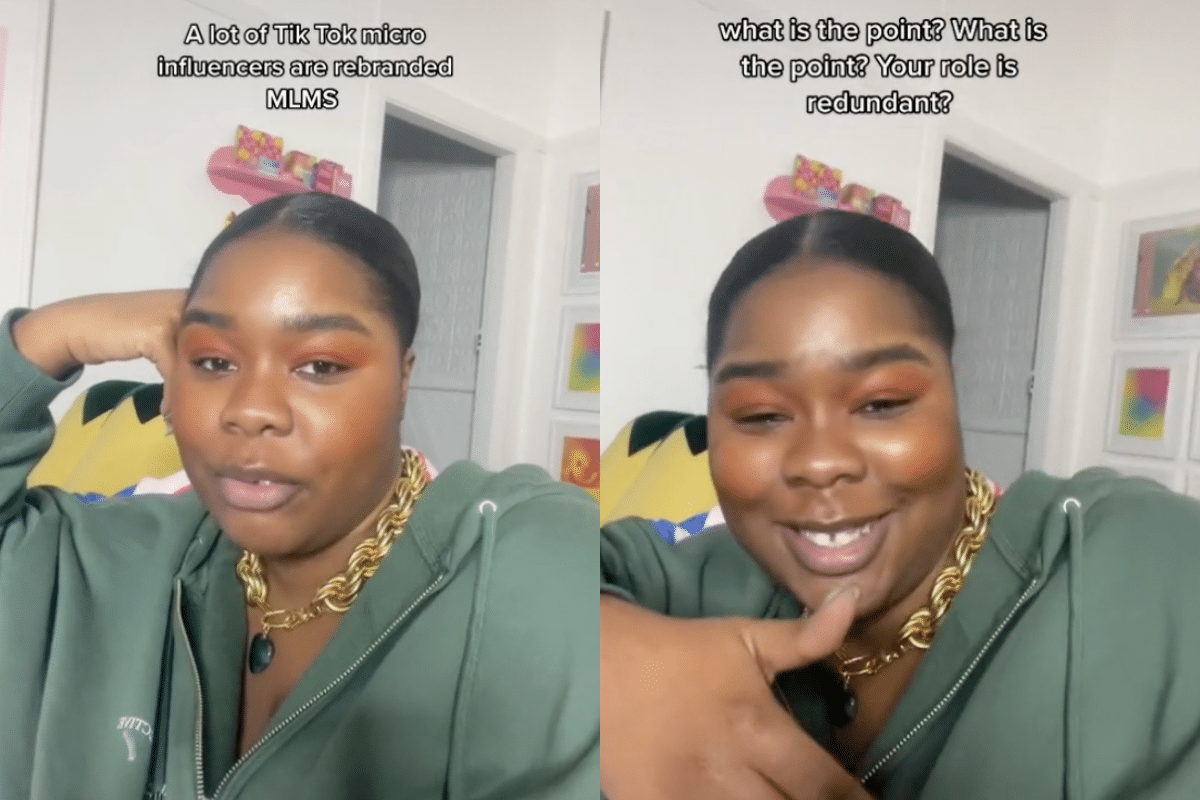
Microinfluencers aren’t necessarily new phenomena, but they have definitely skyrocketed in popularity over the past few years. From Instagram to TikTok, the microinfluencer is dominating the viral space. But what even is a microinfluencer? Why are they so popular? And perhaps most importantly, what does all this mean for our social media landscape today?
So, what are microinfluencers?
As the name suggests, microinfluencers sit in a different class to mainstream influencers. Writing for Forbes, Kelly Ehlers explains that “a microinfluencer has a smaller following… they [also] have stronger relationships built on expertise and trust with their followers.”
However, when speaking of a “smaller” following, the definition of a microinfluencer becomes rather complicated. For instance, the follower count distinguishing micro and mainstream influencers may differ between platforms and brands.
Nevertheless, it is generally accepted that microinfluencers have between 10,000 to 50,000 followers on a single platform. But, as social media spaces become more populated, some have called for a re-evaluation of the term, suggesting that microinfluencers should be considered as accounts with up to 100,000 followers. While opinions may differ, it is fair to say that microinfluencers haven’t exactly hit the same level of viral fame as the likes of Charli D’Amelio and Emma Chamberlain. More often than not, microinfluencers are simply “ordinary everyday people who have become known for their knowledge about some specialist niche.”
With the rise of “casual Instagram” and a more “relatable” side of YouTube, the appeal of microinfluencers is not entirely surprising. Social media users have moved away from polished content to more authentic and personable creators over the past few years. With this change, the flawlessly airbrushed influencer has practically become a thing of the past.
Leading the charge against perfectly curated content is Gen Z. Searching for stability and truth in an increasingly stressful world, Gen Z wants to support influencers that are honest and unapologetically themselves. So, the feel of a microinfluencer — the idea that they are “regular everyday people” — satisfies the desire for frankness that Gen Z craves.
But as the viral space enters this age of authenticity, these influencers must contend with a world dominated by commercial forces pushing for the mass consumption of products. Placing microinfluencers in this web of carefully constructed campaigns, brand deals, and product placements can quickly shatter our perception of these creators as genuine and trustworthy. So, let’s talk about it.
Since microinfluencers have grown in popularity, they have become integral in brand marketing strategies.
Generally speaking, microinfluencers are associated with internet subcultures. Sustainable fashion lovers have creators like @imperfectidealist and @thatcurlytopp; vegans follow TikTokers like @vegansoph for meal inspo; skinfluencers even have their own microinfluencer offshoot, with creators like @raziamoe and @janellyskin taking over FYPs. With a microinfluencer for every internet niche, brands use these influencers to cater to specific markets.
These creators also have high levels of engagement because “users trust the individual”, explains Kelly Ehlers. With more and more companies choosing microinfluencers to promote their products, it is no wonder why we keep falling victim to the “TikTok made me buy it” phenomenon!
Microinfluencers as “rebranded MLMs.”
As these creators help brands reach target markets and make money, microinfluencing has become a sort of social currency. Author, DJ, and content creator @flexmami has even gone as far to describe microinfluencers as “rebranded MLMs.”
@flexmami There is a role for microinfluencers, however most of them are forgetting what THEIR role is.
♬ original sound – flexmami
The phrase multi-level marketing has been floating around TikTok for quite a while. Put simply, MLM companies require people to sign up, buy products, and later sell them in return for a commission. Under an MLM, people are even financially incentivised to encourage others to sign up. When MLM practitioners successfully recruit a member, they continue to take a percentage of the newcomer’s earnings.
Needless to say, it’s challenging to earn the big bucks in an MLM.
MLMs of years past saw salespeople going door-to-door selling Avon makeup or Cutco cutlery. But today, MLMs thrive on social media. So much so that TikTok became the first platform to ban MLM advertising in December 2020. While this was a significant step for the viral space, it hasn’t stopped MLMs from using TikTok to recruit new members and preying on vulnerable, low-income-earning women.
@hattie.rowe Reply to @richardbale4 #mlm #pyramidscheme #fyp #foryou
♬ original sound – Hattie Rowe
According to Flex, TikTok microinfluencers are starting to forget their role and are becoming more like MLM schemes. While this may seem like an exaggeration, it isn’t far from the truth.
“The role of an influencer is to persuade or convince consumers who will exchange money for goods to go and buy products and services,” she explains. “When the majority of your content is ‘Look what I got for free, and you can get it too if you do these five things,’ What is the point? Your role is redundant?”
If you are skeptical, take a moment to consider the “side” of TikTok that obsesses over social media growth and financial gain. From videos offering the top tips on “how to become an influencer” to the viral trend following internet users “taking Instagram seriously,” these videos seem to prioritise the performance of influence over genuine content creation.
Pushing creativity aside for celebrity, we have witnessed a shift in the purpose and goals of a microinfluencer.
@audreyamendo 101 on becoming a influence for beginners 📈💅🏼 #howtomakemoneyonline #dropshipping #howtogrowontiktok #richlife
♬ original sound – audrey amendo
While there is nothing inherently wrong with these ‘social media coaches’ helping aspiring TikTokers grow their audience, it speaks to something bigger. Microinfluencers represent the beginnings of a new, more democratic kind of celebrity. But with this kind of influence comes the opportunity for brands to monetise every aspect of life, and for microinfluencers to use this to their advantage.
@flexmami Reply to @moeblackx 10000%
♬ original sound – flexmami
So, as we watch the culture around microinfluencing change, a slippery slope looms — one that foresees the complete commodification of influencer culture at the expense of authenticity on social media.

